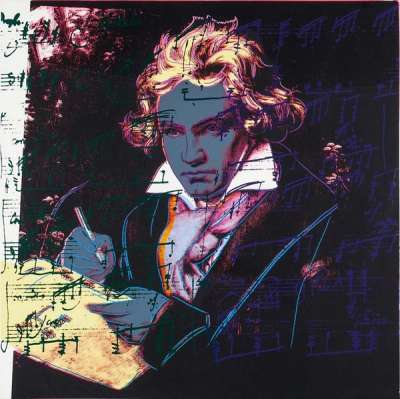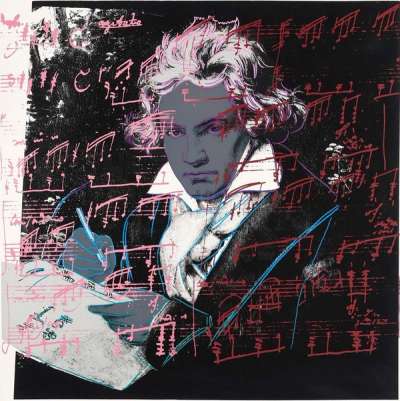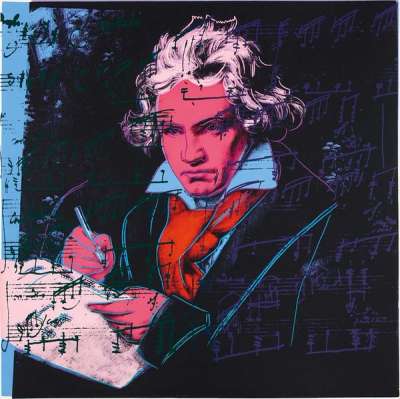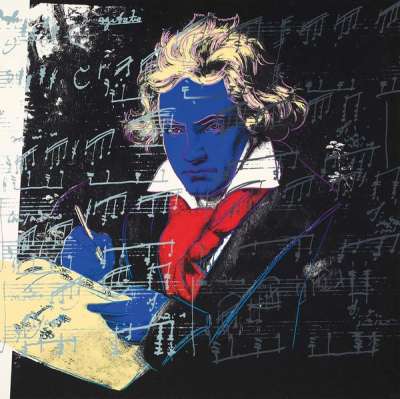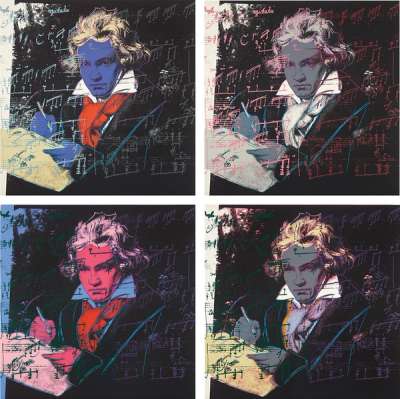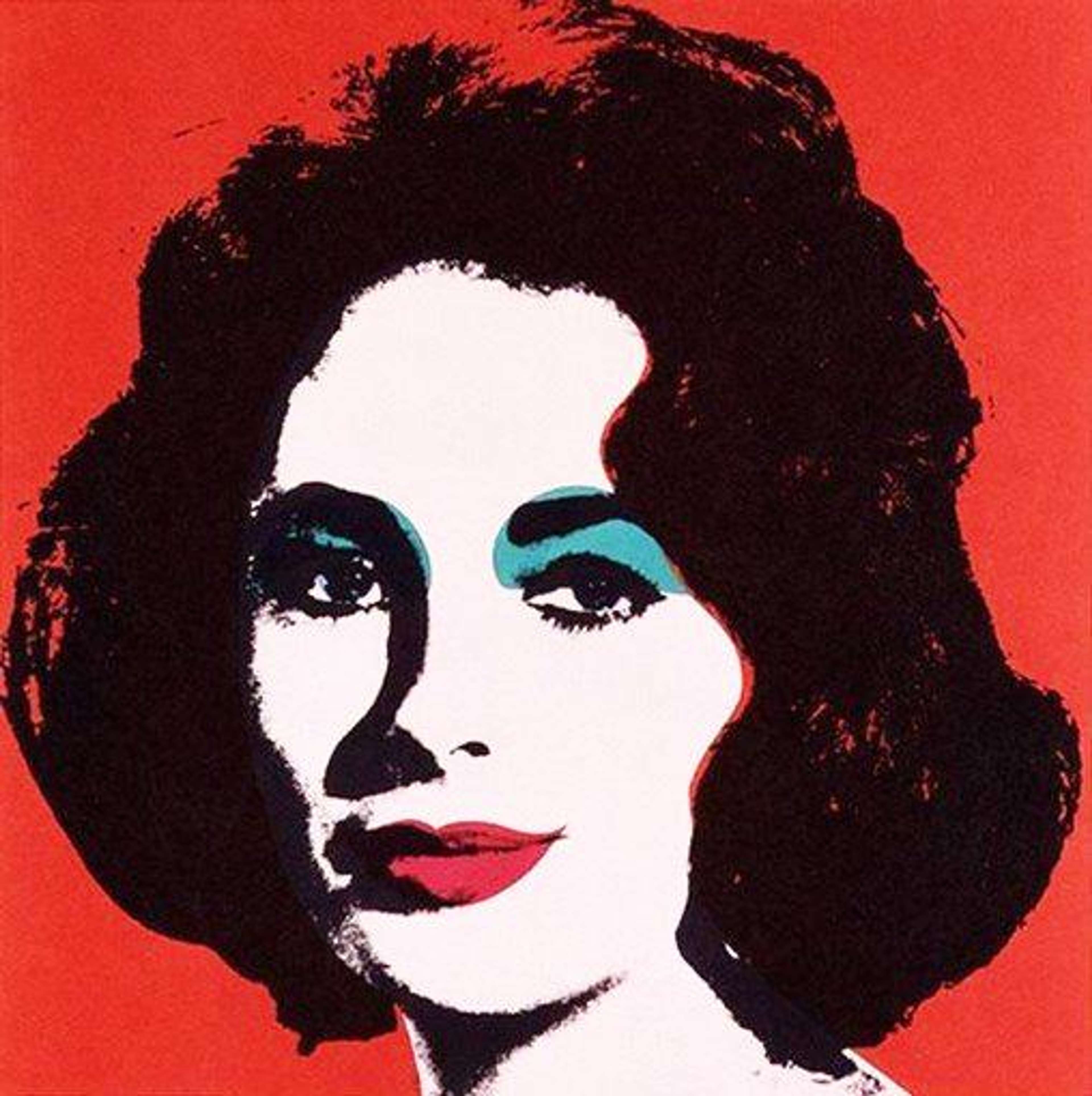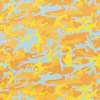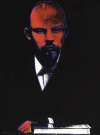Beethoven
Andy Warhol created his Beethoven portfolio in 1987, depicting one of the most celebrated composers of all time, shortly before the artist’s death in 1987. They offer a vivid insight into Warhol’s method—which involved layering prints from multiple screens—featuring overlayed sheet music, and four different colourways.
Andy Warhol Beethoven For sale
Beethoven Value (5 Years)
Works from the Beethoven series by Andy Warhol have a strong market value presence, with 70 auction appearances. Top performing works have achieved standout auction results, with peak hammer prices of £390208. Over the past 12 months, average values across the series have ranged from £70000 to £242029. The series shows an average annual growth rate of 9.43%.
Beethoven Market value
Auction Results
| Artwork | Auction Date | Auction House | Return to Seller | Hammer Price | Buyer Paid |
|---|---|---|---|---|---|
 Beethoven (F. & S. II.393) Andy Warhol Unsigned Print | 5 Dec 2025 | Lempertz, Cologne | £68,000 | £80,000 | £100,000 |
 Beethoven (complete set) Andy Warhol Unsigned Print | 4 Dec 2025 | Lempertz, Cologne | £204,000 | £240,000 | £300,000 |
 Beethoven (F. & S. II.390) Andy Warhol Unsigned Print | 19 Sept 2025 | Phillips London | £59,500 | £70,000 | £100,000 |
 Beethoven (F. & S. II.392) Andy Warhol Unsigned Print | 25 Jun 2025 | Rosebery's Fine Art Auctioneers | £59,500 | £70,000 | £90,000 |
 Beethoven (F. & S. IIB.390-393) Andy Warhol Signed Print | 24 Oct 2023 | Sotheby's New York | £68,000 | £80,000 | £100,000 |
 Beethoven (F. & S. II.391) Andy Warhol Unsigned Print | 14 May 2020 | Bonhams Los Angeles | £38,250 | £45,000 | £60,000 |
Sell Your Art
with Us
with Us
Join Our Network of Collectors. Buy, Sell and Track Demand
Meaning & Analysis
One of the most celebrated composers of all time, it is perhaps unsurprising that Warhol decided to depict Ludvig Van Beethoven in this print series. It is no surprise, therefore, that Warhol chose to portray Ludwig van Beethoven, who has been widely regarded as one of the most celebrated composers of all time. Here, Warhol depicts Beethoven in a portfolio of four screen prints, created shortly before the artist’s death in 1987. Whilst sympathetic with his commitment to the portrayal of fame, this series is also unique in its departure from his more frequent depiction of movie stars and recognisable images from consumer culture.
Beethoven is an example of Warhol’s acclaimed screen print technique that was first developed in the 1960s. Throughout his career, Warhol made nearly 800 printed images on paper, in addition to hundreds of trial proofs and unique variants of each of his portfolios. His work contributed significantly to what has been described as the ‘print boom’ of the 1960s, and Warhol later went on to set up his print publishing company Factory Additions, which continued to issue portfolios of his most recognisable themes.
The source image of Warhol’s Beethoven is the 1820 portrait of the composer by Joseph Karl Stieler, widely regarded as one of the most iconic images of Beethoven. In Stieler’s original oil on canvas, Beethoven is writing a composition whilst staring intensely to the viewer. Warhol pushes Stieler’s rendition of the composer a step further, exploring the range of graphic possibilities within one image by using a broad colour spectrum in every repetition.
